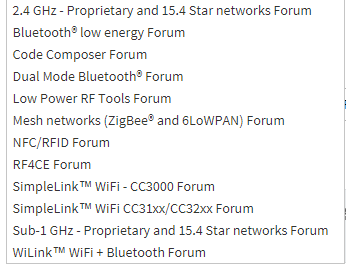Other Parts Discussed in Thread: DAC6311, DAC161S997,
Tool/software: Code Composer Studio
Hi,
For using 0-10v output, I try to using dac6311 by I2C interface.
I found datasheet about dac6311.
But, I don't understand this.
Could you provide example code for dac6311 usage?
Please advice for me.


